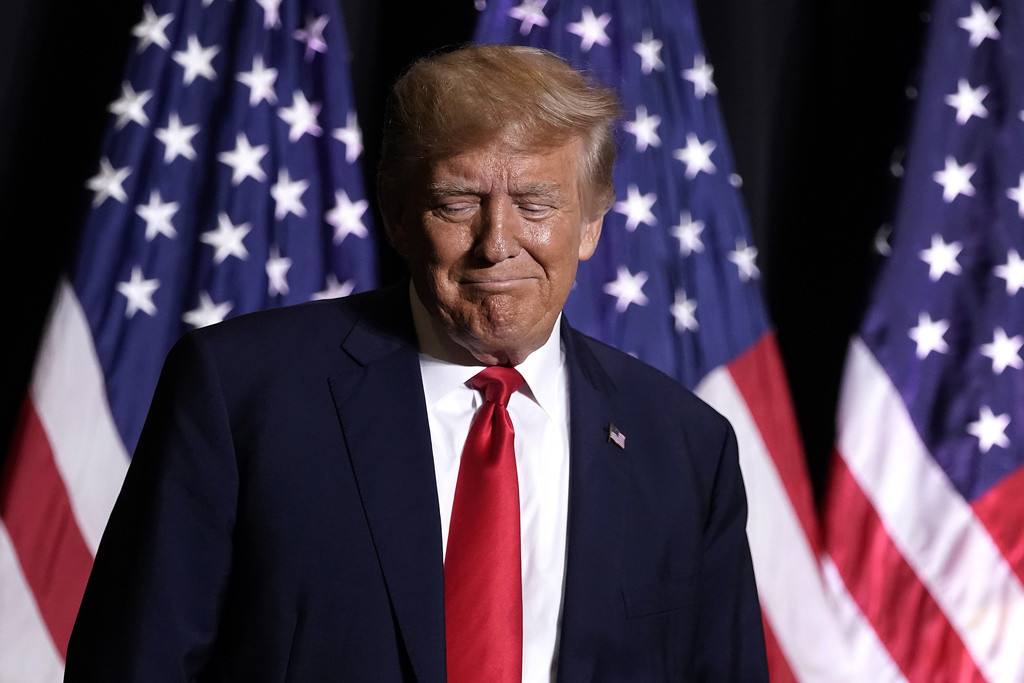On his first day in office, U.S. President Donald Trump announced plans to impose a general 10 percent tariff on goods from China starting Feb. 1, possible 25 percent tariffs on Canada and Mexico, and potentially new tariffs on the EU due to its worrying trade surplus.
According to a recent Global Trade report by the Boston Consulting Group (BCG), the tariffs would have a serious impact on world trade, reports Portfolio.hu.
The portal points out that during his campaign, Trump had proposed tariffs on Chinese goods as high as 60 percent, a 25 percent tariff on imports from Canada and Mexico, and a 20 percent tariff on imports from all other countries. If implemented, the portal says these would increase trade costs for the United States’ 10 largest trading partners by $640 billion compared to 2023 levels.
This additional cost would amount to $102 billion for the European Union and would have the greatest impact on the automotive sector, most notably in exports of vehicles and vehicle parts to the EU, Mexico, and Japan. Higher tariffs on Chinese goods would mostly affect consumer electronics, electrical machinery, and fashion items.
As the United States consolidates as a trading bloc while sharply reducing its dependence on China, BCG expects China to become a more important trading partner for the rest of the world. There is also a risk that China’s record trade surplus, driven by growing manufacturing overcapacity, will be resented not only by the United States and the EU but potentially by India and other trading partners.
China’s trade with the EU is expected to stagnate or decline with the U.K., Canada, South Korea, Japan, Australia, and New Zealand, but will rebound significantly with the so-called Global South. China’s trade with the Global South, which includes 133 Southeast Asian and African countries excluding China but including India – accounting for 62 percent of the world’s population and 18 percent of global GDP – is set to grow by $1.25 trillion by 2033, as countries in this region increasingly contribute to global supply chains.
Without widespread tariff increases, global trade, excluding exports and imports of services and only considering goods, would grow by an average of 2.9 percent annually and reach $29 trillion by 2033, according to BCG’s forecast.
The analysis predicts that geopolitical tensions, energy security, and regulatory challenges will force the EU to reassess its traditional trade relationships. The bloc’s foreign trade is expected to grow by 2 percent per year through 2033, even as geopolitical tensions and energy security concerns weigh on the EU’s trade prospects, according to BCG’s forecast “Great Powers, Geopolitics and the Future of Trade.”
BCG further predicts that trade between the EU and the US will increase by $303 billion over the next decade, largely driven by EU LNG (liquefied natural gas) imports.
EU trade is expected to accelerate with India and Turkey, and BCG expects the EU-Africa relationship to develop rapidly. North Africa will become an important location for EU manufacturing supply chains and a major source of energy and minerals needed for Europe’s green transition.
EU-India trade is expected to grow by 6 percent per year over the same period, driven mainly by trade in information technology, pharmaceuticals, and industrial production.
However, EU trade with Russia is expected to decline by $106 billion by 2033 compared to 2023, as the EU continues to reduce Russian energy imports and implement economic sanctions.
For the EU, all of these trends will have significant geopolitical implications, as the Draghi report notes. The EU can no longer rely on large increases in global trade or on its existing trade relationships. Closer ties with emerging economies and a stronger EU internal market will also be important in the future, BCG says.






